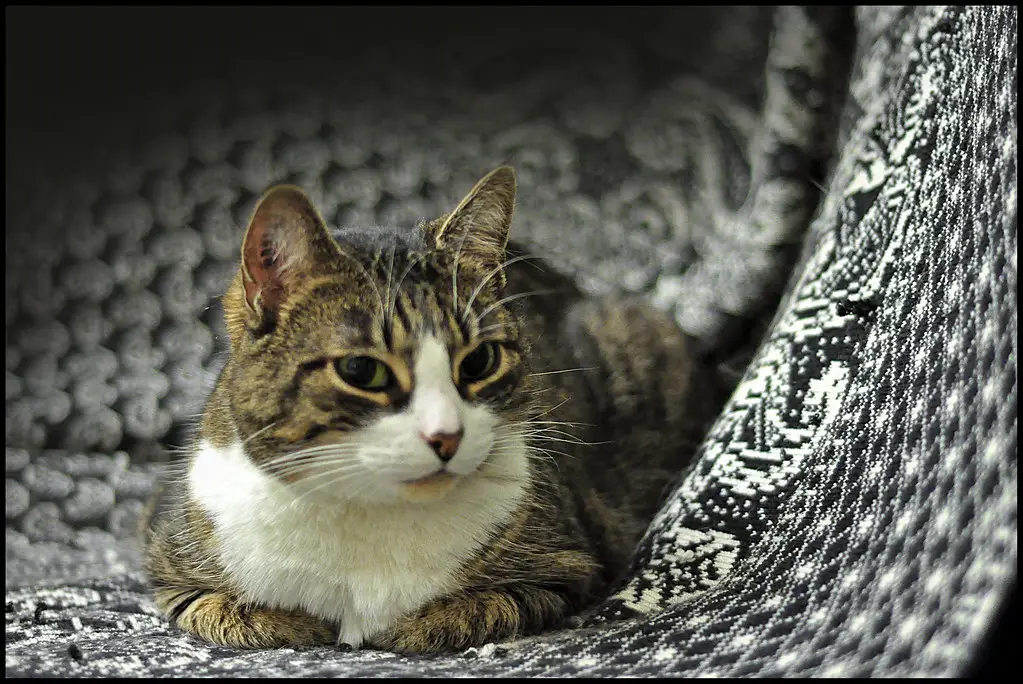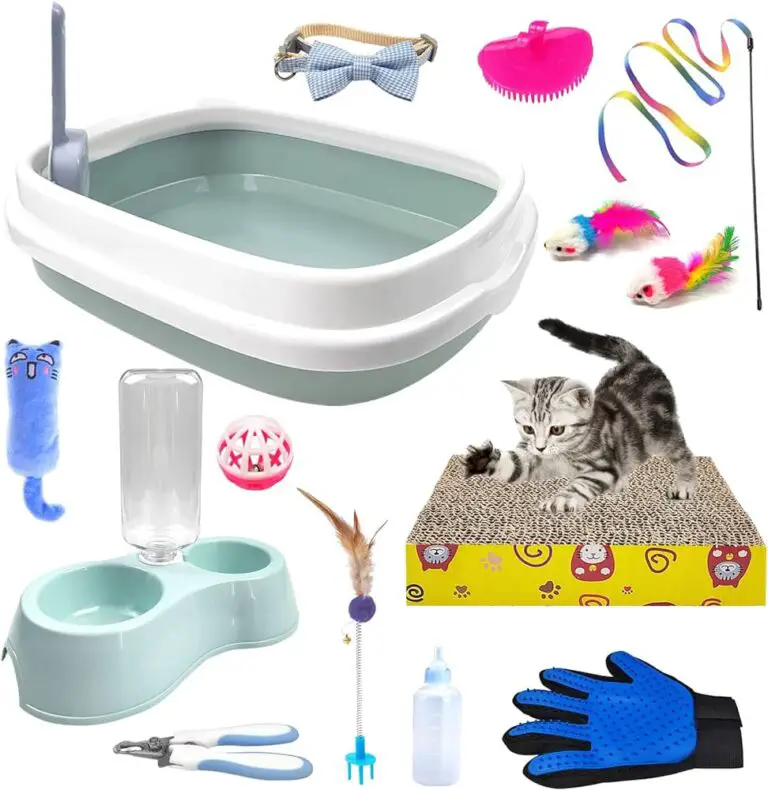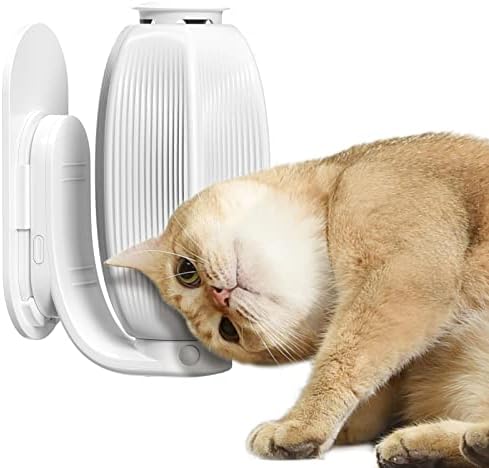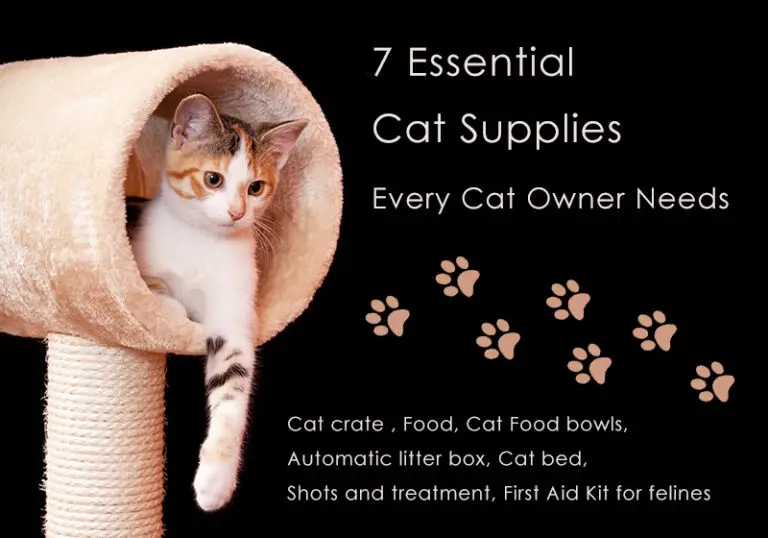Understanding Your Cat: Essential Insights into Feline Behavior
Cats have been captivating humans for centuries with their enigmatic behavior and independent nature. If you’re a cat owner or simply an admirer of these majestic creatures, you’ve likely found yourself pondering the mysteries behind those slitted eyes and graceful movements. But this isn’t just idle curiosity — understanding your cat’s behavior is critical to providing the best care possible. By deciphering the language of felines and recognizing the signals they use to communicate, you can foster a deeper bond with your pet and become a better cat parent.

Introduction: Why Understanding Your Cat is Crucial for Its Well-being
Every tail twitch, purr, and flop has a meaning, and it’s often a subtle clue into your cat’s state of mind. By paying close attention to these cues, you can ensure that your furry friend has a fulfilling life. This understanding also equips you with the knowledge to manage your cat’s stress, fulfill its social needs, and intervene early in case of health issues.
Feline Communication: Decoding Meows, Purring, and Body Language
Meowing
Contrary to popular belief, meowing isn’t standard feline communication. Cats tend to reserve this vocalization for humans. While the sharp tone in the morning may signal “I’m hungry,” a high-pitched sound could mean “I’m lonely.” Context and pitch often provide the clues.
Purring
Purring is a complex vocalization that isn’t always an indicator of contentment. Cats may purr when they are happy, but also when they’re in pain, to calm themselves, or when they’re seeking attention.
Body Language
The majority of a cat’s emotional state is communicated through body language. Over time, you’ll learn the subtleties — a cat with arched back and fur on end is expressing fear or aggression, while a cat with sleek fur and a relaxed body is comfortable.
Territorial Behavior: How Cats Mark and Defend Their Space
From scratching to scent marking, cats have a variety of methods for declaring and defending their territory. Scratching isn’t just about sharpening claws; it leaves not only visual but also olfactory marks due to scent glands in a cat’s paw pads. Understanding these behaviors is vital for ensuring that your home is a harmonious place for both you and your feline friend.
Daily Routines: Understanding Your Cat’s Sleep, Play, and Grooming Patterns
Sleep
Cats spend a significant portion of their lives sleeping — on average, about 12-16 hours a day. Unlike humans who have distinct sleep-wake cycles, cats are crepuscular, meaning they are most active during dawn and dusk.
Play
Playing is an essential part of a cat’s routine, even as adults. It simulates hunting and helps release their abundant energy. Engaging your cat in play not only provides exercise but also enhances the bond between you two.
Grooming
Cats are meticulous groomers, spending about half of their waking hours on it. Grooming is not only for cleanliness but also serves to maintain their body temperature and is a self-soothing activity.
Health Signs: Recognizing Common Behaviors That Signal Illness in Cats
Changes in behavior can often be the first indicator of an underlying health issue in cats. Reduced appetite, changes in toilet habits, and hiding away are all signs that something isn’t right. Regular health checks and prompt veterinary visits can help intervene before a problem becomes severe.

Bonding with Your Cat: Tips for Strengthening the Human-Feline Relationship
Respect Their Space
Cats appreciate a sense of control over their environment. Allowing them some quiet time away from you is crucial to maintaining a healthy relationship.
Positive Reinforcement
Rewarding good behavior with treats or affection can help your cat associate positive experiences with certain actions, which can encourage good behavior.
Understanding Their Petting Preferences
Each cat has different petting preferences, and understanding these can lead to more enjoyable and stress-free interactions.
Playtime
Play is not only fun for your cat but also an excellent way to build confidence and trust with your pet. Regular play sessions, accommodating their hunting instincts, can be a highlight in your cat’s day.
Groom Them with Affection
Grooming your cat can be both a chore for you and a bonding experience for them. Use this time to strengthen your connection with gentle strokes and positive attention.
Conclusion: The Ongoing Journey of Understanding and Caring for Your Feline Companion
Cats are multifaceted creatures, and the art of understanding them is not a destination but a continual journey. Each cat is an individual with unique quirks and preferences. By observing, learning, and adapting, you’ll find that the relationship between you and your cat blossoms, leading to a more rewarding experience for you both. Remember that patience, love, and a willingness to learn are the keys to unlocking the mysteries of feline behavior.







